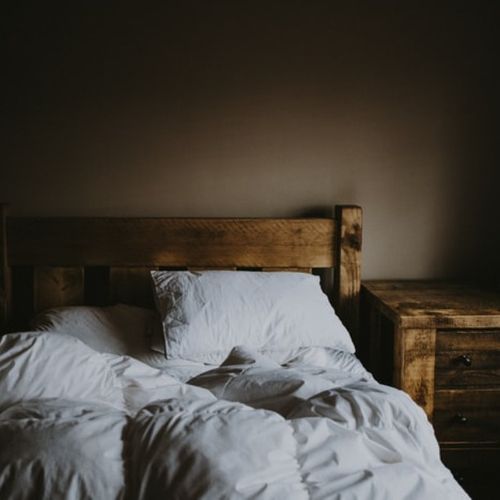Sleep On It : Harnessing the Creative Power of the Hypnagogic State
Aug 02, 2022 · 2 mins read
0
Share

Creative block can stall a project or stifle an idea before it gets off the ground, yet most artists suffer at some stage. Great minds like Thomas Edison and Salvador Dali espoused an unusual solution, harnessing the creative, fleeting powers of the hypnagogic state.
Save
Share
Hypnagogia is the state of consciousness between waking and sleeping. For around 12 minutes, as the brain begins to shut down and transition to sleep, hypnagogia occurs and experiences range from visions and hallucinations to complete sleep paralysis and inability to move.
Save
Share
Edison purportedly held aloft a set of steel balls when napping as part of his creative process. As his muscles relaxed into sleep the balls would clatter to the floor, waking him suddenly, often with a 'Eureka!' moment of clarity about his current work-in-progress.
Save
Share
Dali recorded a similar approach to artistic block using metal spoons to defeat 'blank canvas syndrome'. The process of interrupted hypnagogia is known as the ‘semi-lucid dream trick’ and new research shows harnessing the power of naps can improve problem solving skills.
Save
Share
Asking volunteers to solve a math problem using a set of rules, researchers failed to mention the existence of a quicker, easier way to get the answer right every time. Subjects were then encouraged to take brief naps while holding bottles.
Save
Share
The subjects had their hypnagogic sleep interrupted, just as Edison or Dali did, and 83% went on to figure out the shortcut. Experts believe the state of creative consciousness, halfway between waking and deep sleep, may have potentially powerful and profound advantages.
Save
Share
There are 4 recognised states of sleep. After hypnagogia, aka N1, the body temperature drops and heart rate slows (N2), before blood pressure and breathing drops in deepest sleep, N3. The final stage, REM or rapid eye movement, is where the brain is most active and dreams occur.
Save
Share
The opposite of hypnagogia is the hypnopompic state, those precious few moments between deep sleep and waking up. Similar hallucinations and sensory perceptions occur during this state, but hypnagogic and hypnopompic states are not identical on a neurological basis.
Save
Share
Other ways to conquer creative blocks include taking a step away from the art, asking for help or guidance from a mentor or starting a new project to distract your mind without losing any time. It is very normal for artists and creatives to have blocks and doubt themselves!
Save
Share
Next time you hit a creative wall or experience a classic case of writers block, try falling asleep.
At best, you may advance a creative project or come up with your next big idea.
And at worst, you will have a well-deserved snooze during work hours.
Any excuse for a nap.
Save
Share
0